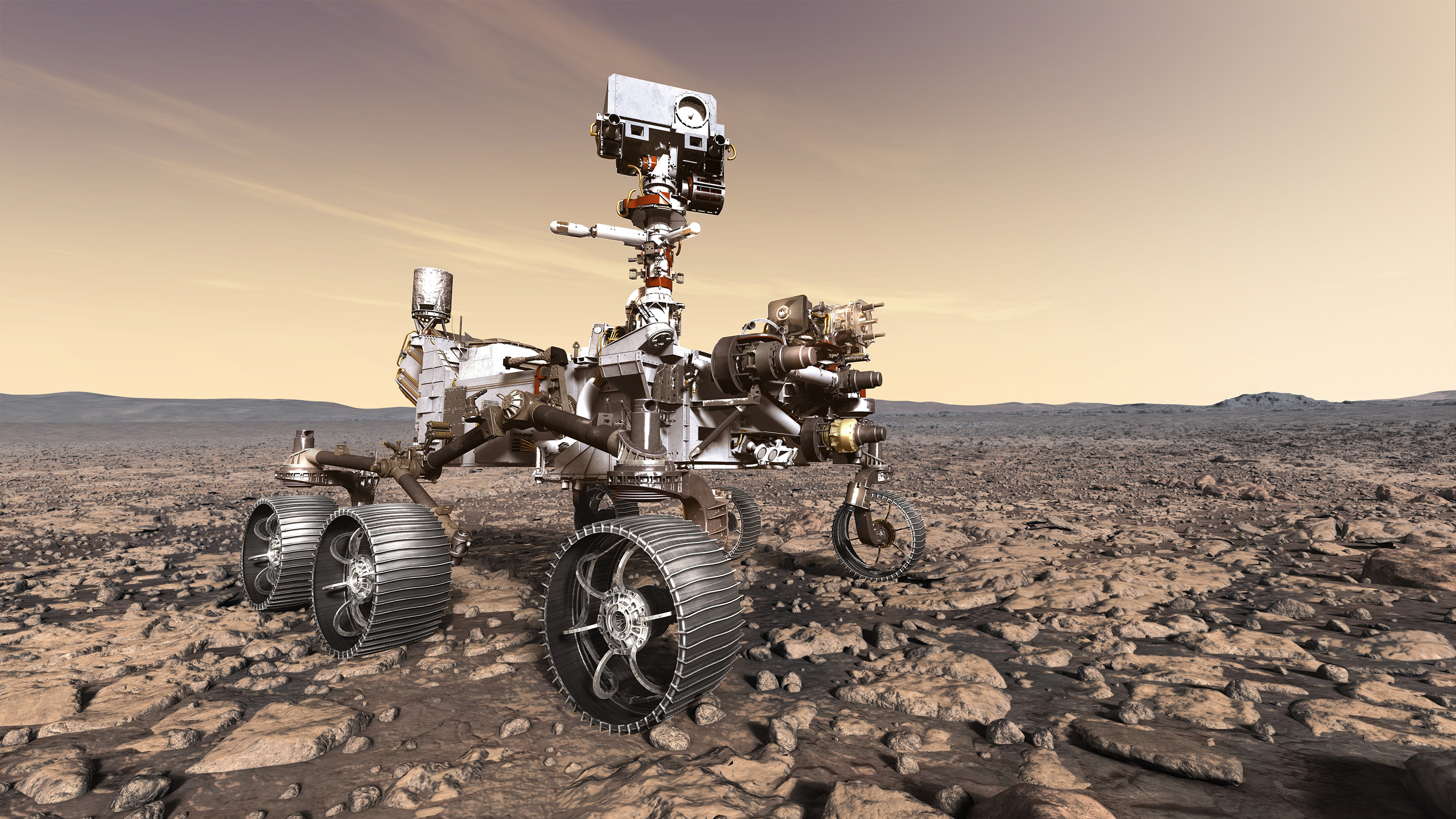
Preparations are well underway for NASA’s next mission to Mars, when it plans to land the Mars 2020 rover on the surface to look for signs of life and collect samples. Recently, the Mars 2020 rover team has been undertaking a series of tests to see if the craft will be able to launch, navigate, and land on the Red Planet. Called Systems Test 1, or ST1, these tests represent the first test drive of the new rover.
“ST1 was a massive undertaking,” Heather Bottom, systems engineer for the Mars 2020 mission, said in a statement. “It was our first chance to exercise the flight software we will fly on 2020 with the actual spacecraft components that will be heading to Mars — and make sure they not only operate as expected, but also interact with each other as expected.”

The tests were performed at the Jet Propulsion Laboratory in Pasadena, California, in the High Bay 1 cleanroom, requiring the technicians to don white “bunny suits” to prevent the introduction of any contaminants. Most of the working team members were outside the room and looking in, with just two technicians overseeing the tests in person.
Designed to be as realistic as possible, the tests included communications handled by X-band radio transmission, just as will be the case with the real 2020 mission. An umbilical of electrical cabling fed data and power to the craft, and the launch capacities were tested when commands for powering on the electrical components and configuring the thermal, power, and telecomm systems were relayed.
After several tests of the launch system, the landing sequence was tested too, as well as a deep space cruise. The tests were successful, and in the end the team was able to perform two landings, four launches, several trajectory correction maneuvers, and deep space navigation.
The next challenge for the rover is to see how it will cope with the low temperatures on Mars by testing its abilities to perform in cold environments. “One of the future scenario tests will place the rover inside a thermal chamber and simulate being on the surface,” Bottom explained. “It will step through mission critical activities at some very low Mars surface temperatures. Both literally and figuratively it will be a very cool test.”



